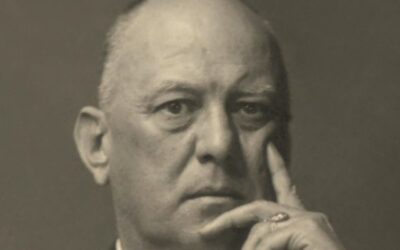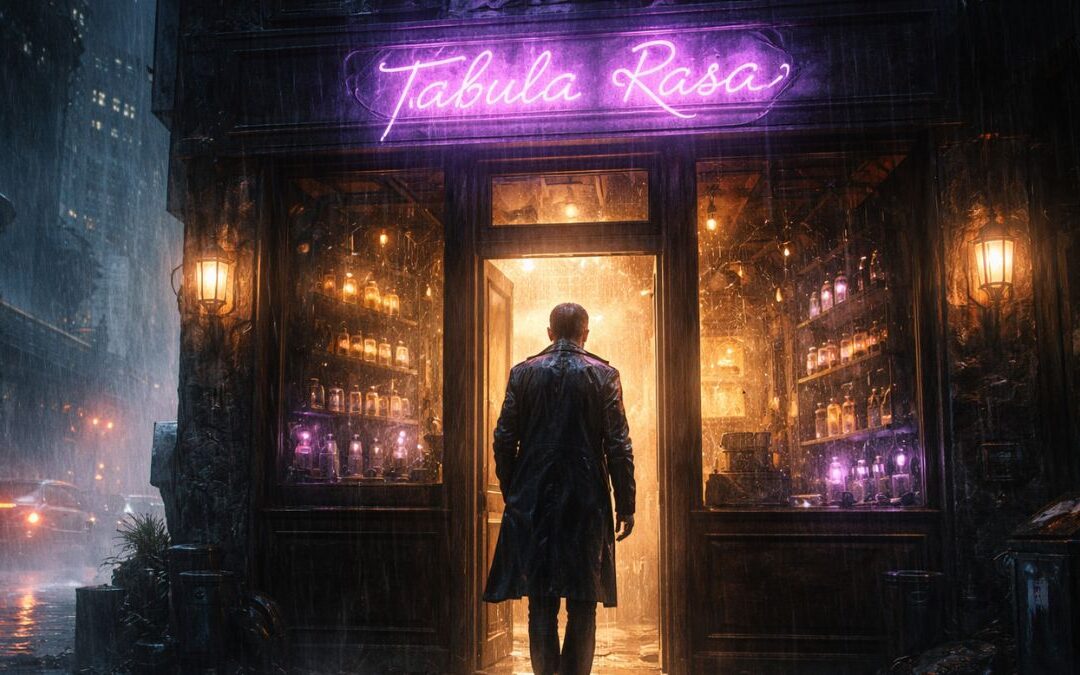Diego Velázquez: Painting the Soul of Spain
Diego Rodríguez de Silva y Velázquez (1599-1660) stands as one of the most revered figures in Western art history. His masterful portraits and genre scenes captured the essence of 17th-century Spain, forever changing the course of European painting.
Early Life and Influences
Born in Seville, Spain, Velázquez demonstrated artistic talent from a young age. He apprenticed under Francisco Pacheco, a respected painter and art theorist. Pacheco instilled in Velázquez a strong foundation in technique and exposed him to the rich artistic traditions of Seville.
Court Painter to King Philip IV
In 1623, Velázquez’s exceptional skill caught the eye of King Philip IV of Spain. He was appointed court painter, a position he would hold for the rest of his life. This privileged role allowed him unparalleled access to the royal family, nobility, and the rich tapestry of court life.
Velázquez’s Artistic Innovations
Velázquez’s genius lay in his ability to combine technical mastery with profound psychological insight. His achievements and influence include:
- Unflinching Realism: He rejected the idealized figures of his predecessors, depicting his subjects with unprecedented honesty, regardless of their social stature.
- Master of Light and Shadow: Velázquez used light (and its absence) with remarkable skill to create drama, depth, and a sense of atmosphere in his works.
- Capturing the Human Spirit: His portraits go beyond mere likeness, revealing the personalities and inner lives of his subjects.
- Elevating Ordinary Scenes: In genre paintings like “The Waterseller of Seville,” Velázquez imbues everyday people and moments with dignity and significance.
Famous Masterpieces
- Las Meninas (1656): This monumental and enigmatic work is considered Velázquez’s masterpiece and a pinnacle of Baroque painting. It’s a complex portrait of the Infanta Margarita and her entourage, including Velázquez himself.
- The Surrender of Breda (1634-35): This historical painting captures a key moment in Spanish history with astonishing detail and a touch of humanity.
- Portrait of Pope Innocent X (c. 1650): Famous for its unflinching portrayal of a powerful figure, this portrait exemplifies Velázquez’s psychological realism.
Legacy and Influence
Velázquez’s work transcended the confines of his time. His innovative use of brushwork, bold compositions, and exploration of complex themes were a profound influence on later artists, including:
- Spanish Realists: Francisco Goya and subsequent generations
- Impressionists: Artists like Édouard Manet were captivated by Velázquez’s visible brushstrokes and use of light.
- Modernists: Picasso and Francis Bacon drew inspiration from Velázquez’s bold compositions and psychological interpretations.
Diego Velázquez is not simply a historical figure but a timeless master. His ability to portray both the visible and invisible realities of the human experience ensures his enduring place amongst the greatest painters the world has ever known.










0 Comments